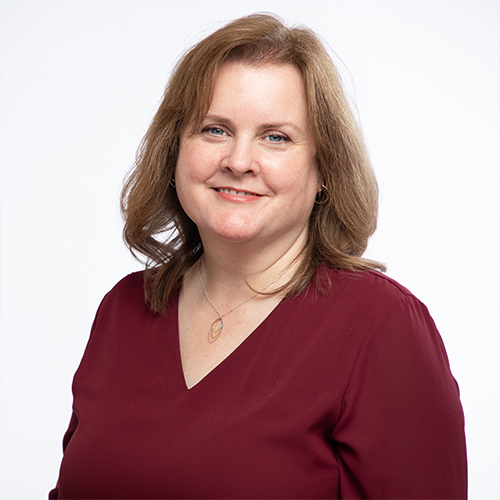In our work with nonprofits, faith-based organizations and other causes, we often find ourselves talking about “community.” We are looking to strengthen community. We are seeking support from the community. We are reaching out into the community with our programs or ministries.
While we all have a sense of what we’re talking about, I’m not sure that prospective donors have the same understanding.
“Community” can mean the place you live. It can mean a group of people with the same interests. It can be a neighborhood or a fanbase or a group of people of the same ethnic descent.
What makes them communities – rather than a group of people with something in common – is the way that the connections they share inspire them to work for and with each other. In other words, a community isn’t just about identity, it’s about action.
These actions can be as small as shoveling an elderly neighbor’s drive or as large as fighting social injustice by leveraging the voices of hundreds of thousands of people across the country. No matter what the scope of the action, it’s taken to help someone else because they belong to the same community as you.
Community sometimes grows spontaneously, especially in the wake of a crisis, but most often it needs to be nurtured. Why? Because community takes action. How can you grow or reinvigorate the community you’re in?
- Take volunteers seriously. When people care, they want to know that their actions really helped. They’ll work very hard if they know their efforts matter to others and make a real difference. Evaluate your volunteer opportunities. Do you have a variety that challenge and meet different volunteers’ abilities and available time?
- Connect intentionally. When you do get a group together, be it for a special event, a neighborhood watch meeting or new member orientation, take deliberate steps to help attendees get to know one another. Nametags, icebreakers and social media groups can all help people connect and for communities to grow around your organization.
- Teach people your community rules. Faith communities, as an example, teach habits of giving and volunteering each week during services. But if someone wasn’t raised in a faith tradition, they might not realize that bringing food to potlucks or taking a turn in the nursery is part of supporting the community. What are your unwritten rules of community? How can you make them more explicit?
- Join a new community. One of the best ways to discover where your own community connections are lacking is to put yourself in the shoes of someone learning how to be part of a new community. Go to a meetup or a civic gathering. Join an online forum or a small group. Attend another organization’s charity event. Whether the experience is positive or negative, you’ll gain clues and insights as to how your own community-building activities can be improved.
When we think of community as a noun, we miss the very thing that makes it vibrant and alive with possibility. Community, done right, is a verb.
What do you think? Any more suggestions on how to build community? Share them in the comments below.

